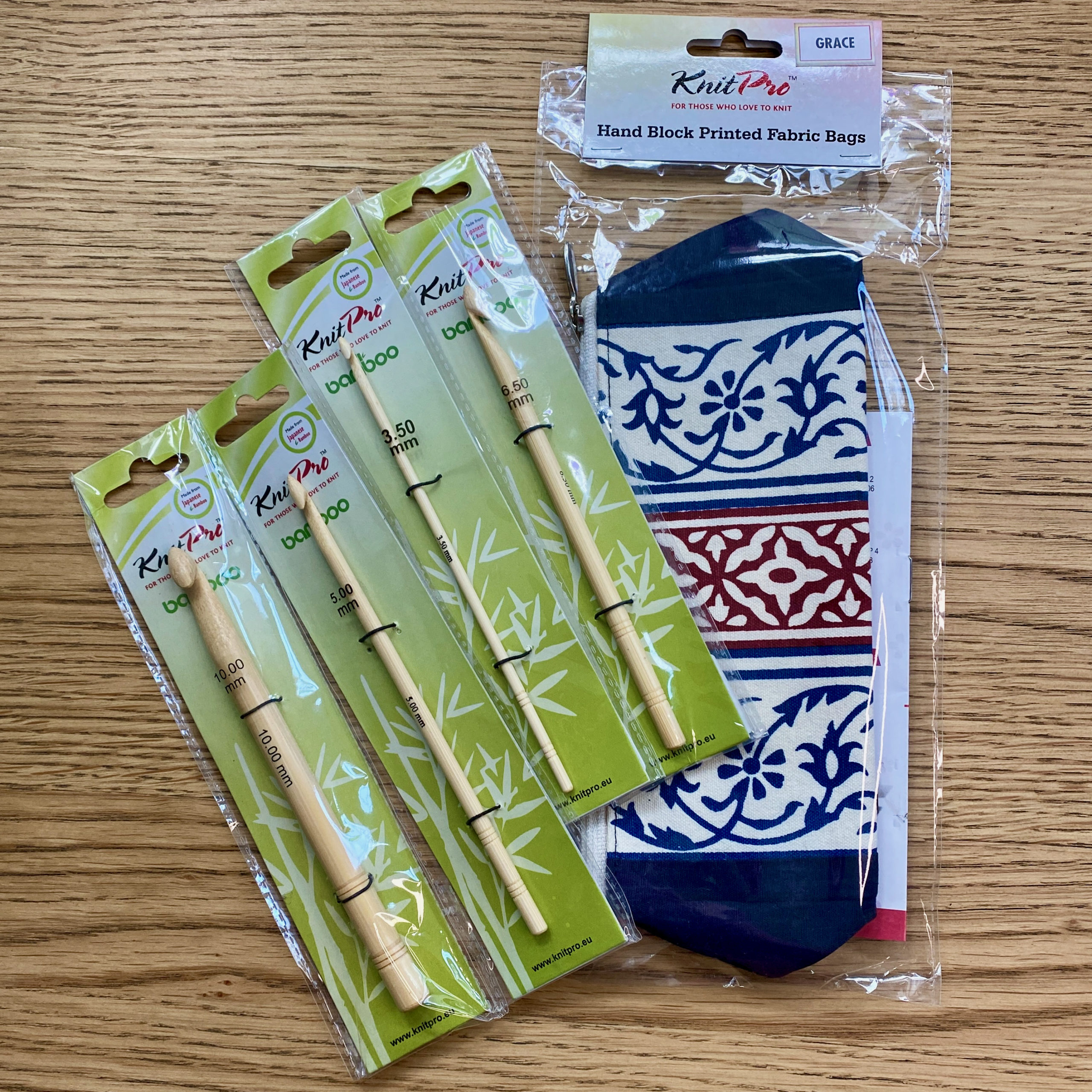
With so many cast-on methods, which ones do you need?
OK, I’ve said it many times before that I use the same cast on over and over again, because it works for so many situations and it doesn’t need changing.
So why learn this method?
The provisional cast-on method is necessary for particular situations and there is basically no getting around it. This is the easiest way to get what is needed in these cases, so if you come across those patterns you’ll need to learn it!
I’ve come across various methods of provisional casting on. And attempted a few. This one is the easiest by far.
It’s less fiddly than some and you’re going to make way fewer mistakes. So I’d suggest it above the other methods any day.
Let’s not hassle, let’s just get on with it!
But before I do….
You’ll need a length of scrap yarn of a similar if not the same weight as the one you’re going to knit with, and a crochet hook along with your knitting needles.
Now let’s get on with it!
To subscribe to the Knit With Hannah YouTube channel click here
If you don’t have crochet hooks to hand as a knitter, I’ve set up this kit of four sizes, with a holder, so you can easily get yourself organised.
There are occasions when knitters do need crochet hooks, for dropped stitches as an example that every knitter must recognise.
If you feel inspired to learn more I’ve also used them for adding embellishments such as a peak to a beret, so it’s more like a baker-boy hat. And even the smallest things like a crochet button loop, on a knitted cardigan.
The provisional cast-ons are of course, great examples for when crochet hooks are really great accessories to have as a knitter, as it just makes your knitting life easier.

